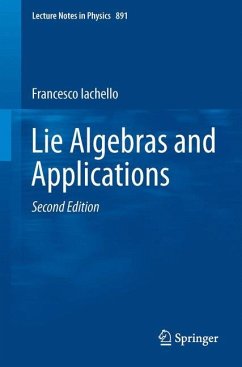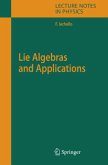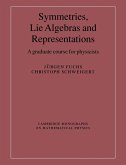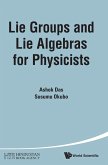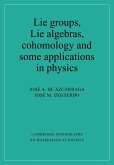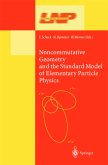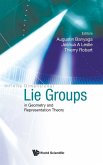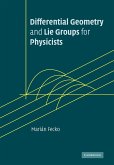This course-based primer provides an introduction to Lie algebras and some of their applications to the spectroscopy of molecules, atoms, nuclei and hadrons. In the first part, it concisely presents the basic concepts of Lie algebras, their representations and their invariants. The second part includes a description of how Lie algebras are used in practice in the treatment of bosonic and fermionic systems. Physical applications considered include rotations and vibrations of molecules (vibron model), collective modes in nuclei (interacting boson model), the atomic shell model, the nuclear shell model, and the quark model of hadrons. One of the key concepts in the application of Lie algebraic methods in physics, that of spectrum generating algebras and their associated dynamic symmetries, is also discussed. The book highlights a number of examples that help to illustrate the abstract algebraic definitions and includes a summary of many formulas of practical interest, such as the eigenvalues of Casimir operators, and the dimensions of the representations of all classical Lie algebras.
For this new edition, the text has been carefully revised and expanded; in particular, a new chapter has been added on the deformation and contraction of Lie algebras.
From the reviews of the first edition:
"Iachello has written a pedagogical and straightforward presentation of Lie algebras [...]. It is a great text to accompany a course on Lie algebras and their physical applications."
(Marc de Montigny, Mathematical Reviews, Issue, 2007 i)
"This book [...] written by one of the leading experts in the field [...] will certainly be of great use for students or specialists that want to refresh their knowledge on Lie algebras applied to physics. [...] An excellent reference for those interested in acquiring practical experience [...] and leaving the embarrassing theoretical presentations aside."
(Rutwig Campoamor-Stursberg, Zentralblatt MATH,Vol. 1156, 2009)
For this new edition, the text has been carefully revised and expanded; in particular, a new chapter has been added on the deformation and contraction of Lie algebras.
From the reviews of the first edition:
"Iachello has written a pedagogical and straightforward presentation of Lie algebras [...]. It is a great text to accompany a course on Lie algebras and their physical applications."
(Marc de Montigny, Mathematical Reviews, Issue, 2007 i)
"This book [...] written by one of the leading experts in the field [...] will certainly be of great use for students or specialists that want to refresh their knowledge on Lie algebras applied to physics. [...] An excellent reference for those interested in acquiring practical experience [...] and leaving the embarrassing theoretical presentations aside."
(Rutwig Campoamor-Stursberg, Zentralblatt MATH,Vol. 1156, 2009)
"Its intention is to provide an introduction to Lie algebras at the level of a one-semester course in physics. ... these lecture notes are of high interest for physicists. But a mathematician will also find it interesting to see Lie algebras 'in action' in physics. There are a lot of detailed examples available in the book." (Martin Schlichenmaier, Mathematical Reviews, January, 2016)
From the reviews: "Iachello has written a pedagogical and straightforward presentation of Lie algebras and some applications to bosonic systems encountered in molecular, atomic, nuclear and particle physics. ... The book should be of interest to graduate students and researchers in physics, although mathematicians and chemists should find it useful as well. It is a great text to accompany a course on Lie algebras and their physical applications." (Marc de Montigny, Mathematical Reviews, Issue, 2007 i) "This book ... a practical introduction to important facts concerning Lie algebras that continuously appear in physical problems, and written by one of the leading experts in the field. ... the book will certainly be of great use for students or specialists that want to refresh their knowledge on Lie algebras applied to physics. ... an excellent reference for those interested in acquiring practical experience in the application and techniques of Lie algebras to physics, and leaving the embarrassing theoretical presentations aside." (Rutwig Campoamor-Stursberg, Zentralblatt MATH, Vol. 1156, 2009)

